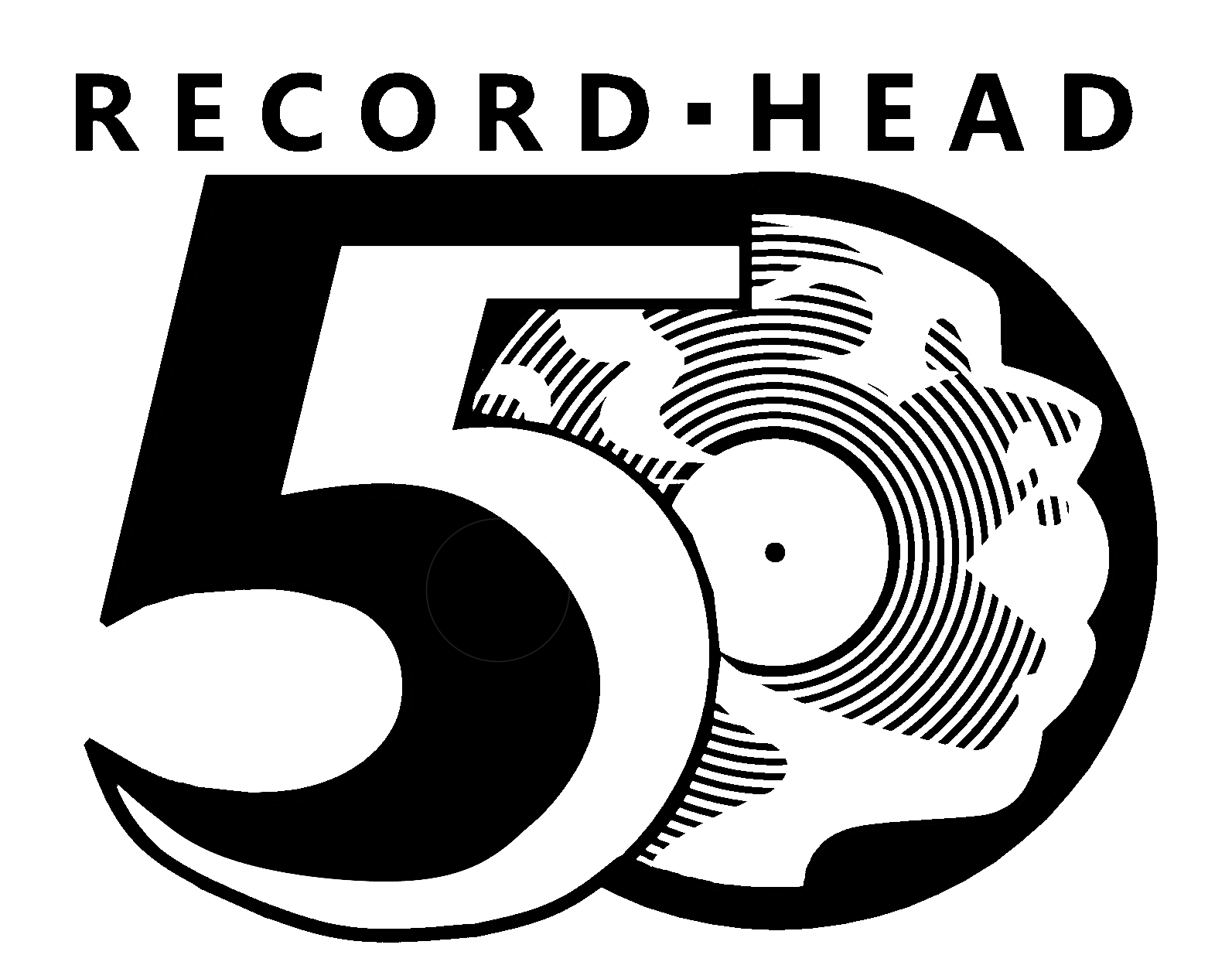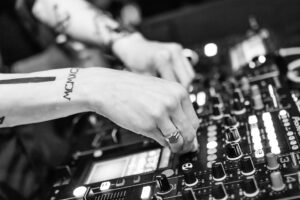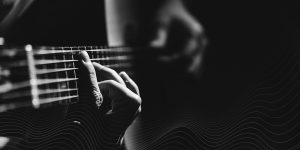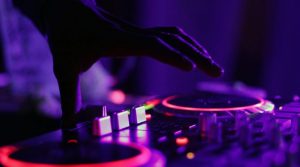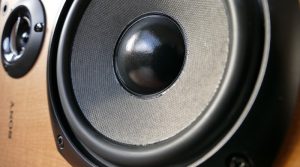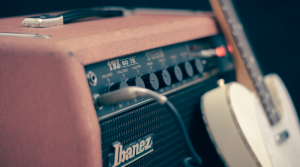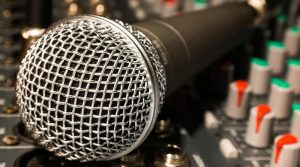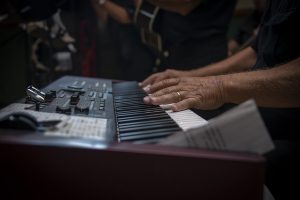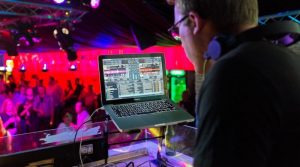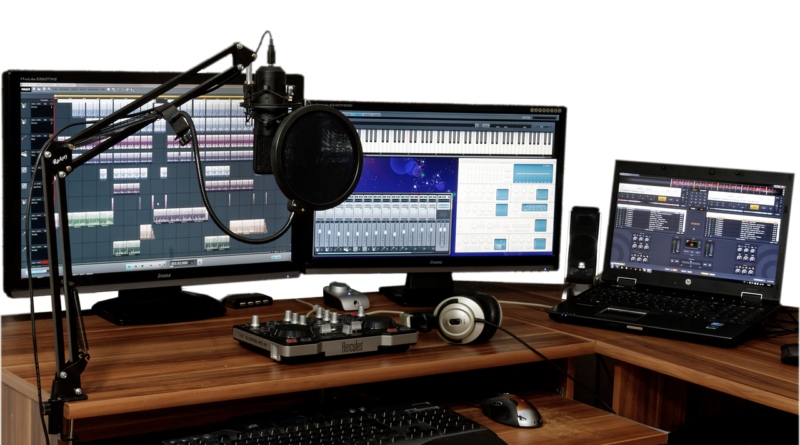 Building or running a studio used to be a somewhat complicated process. Years ago, audio recording depended on analog gear that was pricey in order to track to tape. Most of the time, musicians were at the mercy of booking studio time out of town to write and record an album.
Building or running a studio used to be a somewhat complicated process. Years ago, audio recording depended on analog gear that was pricey in order to track to tape. Most of the time, musicians were at the mercy of booking studio time out of town to write and record an album.
Fortunately, the modern era of digital recording makes building a home studio a possibility even when someone is working on a tight budget. Gear has significantly dropped in price and size as digital recording advancements started making equipment more available. If you’re looking to fund your own home studio, you’ll need some basic gear to get started.
Computer and Recording Software
If you’re reading this post from a home computer, you’re already off to a great start. Ideally, you want to have a computer that’s the fastest for your set budget. Audio recording involves constant rendering of tracks, so RAM is crucial. As projects and the number of tracks increase, you’ll need more power from your computer, which will keep tracks from lagging during playback and recording.
The software you choose will guide your recording user experience. Whether you run Windows or MacOS, free recording software is available to help you learn the basics. Audacity for PC and GarageBand for Mac are excellent starter software solutions.
Audio Interfaces
An audio interface transforms a signal from a microphone or instrument into a language the computer can understand. This hardware is typically one of the more expensive upfront costs. Audio interfaces are available at a range of price points based on their number of inputs.
If you plan on tracking individual instruments one at a time, remember that two channel options are an affordable route. Tracking full bands or drums simultaneously will require more inputs and a larger budget.
Studio Microphones
Microphones for a home studio can be overwhelming. These tools will enable you to capture live instruments and vocals seamlessly. You’re going to see a wide variety of options and price points, but there’s no need to panic.
For starting out, pick up a Shure SM57 for instruments and an SM58 for vocals. These microphones run about $99 each and are the industry standard for live music. The next time you’re at a local live show, check to see if the band is using one of these microphones on stage. Odds are, there’s at least one SM57 or SM58 in the mix.
Microphone/Instrument Cables and Stands
Microphone and instrument cables and stands are necessary for all recording. Although this is not the most exciting gear purchase, cables and stands will let you connect your microphones and instruments to your audio interface. Pick cables that are most applicable to your projects and current gear, such as:
- 1/4″ cable: Used with electric instruments, including guitars and basses. The 1/4″ cable links effects pedals together as well.
- XLR cable: These cables connect microphones (dynamic and condenser) to sound boards and interfaces.
The 1/4″ and XLR are the two of the most common cables in home studios for linking gear and recording.
Studio Monitors and Headphones
One of the most important tools for recording audio is a set of studio monitors. These monitors will allow you to hear what you track and judge instruments for mixing and mastering. Try out a variety of different speakers to hear what you enjoy in a mix before making a purchase.
Studio monitors are more neutral than commercial speakers, as they do not manipulate media. You’ll set up your ideal EQ for the frequencies you want across tracks.
Have a roommate or close neighbor and feel concerned about volume? Investing in a decent pair of headphones is never a bad idea. You can track, mix and master on the go.
Contact Record Head for Instruments and Studio Gear
Record Head carries new and used instruments and gear for your home studio. If you live in Milwaukee, be sure to contact us today to learn more!
